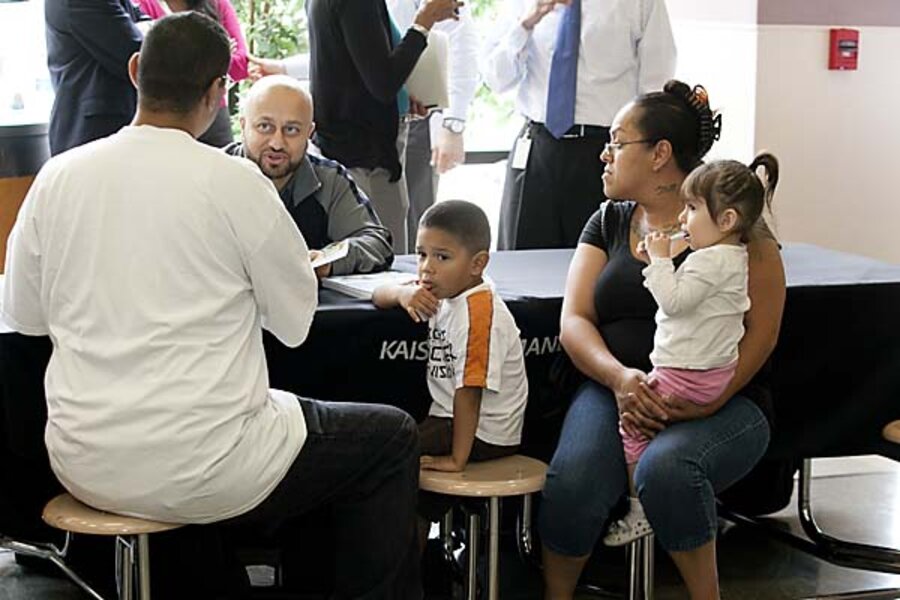The official unemployment rate, and the hidden one
Loading...
Perhaps not surprisingly, there is a strong correlation between the official unemployment rate and the level of hidden unemployment in the form of discouraged job applicants and the part-time unemployed.
In the year between Q2 2010 and Q1 2011, North Dakota had an average official unemployment rate of 3.8% and an additional 3.6% of hidden unemployment while Nevada that had 14.2% official unemployment rate and an additional 9.5% in hidden unemployment. Other low unemployment states like South Dakota, Nebraska and New Hampshire also had low rates of hidden unemployment while other high unemployment states like California and Michigan also had high levels of hidden unemployment.
This makes sense as job seekers are more likely to become discouraged and quit trying to get jobs if there is more competion for available job openings and as increased ease for the full time unemployed to get jobs will also make it easier for the part-time unemployed to get full time jobs.
I could as a side note say that the number of discouraged workers (including "marginally attached to the labor market") is probably generally underestimated. The labor force participation rate has dropped by 3.3% (2.2 percentage points which is 3.3% of the late 2006 participation rate of 66.4%) since the 2007-09 slump started, and discouraged workers existed even then, yet the Bureau of Labor statistics claims that the percentage of discouraged workers in the broadest sense just rose from 0.8% to 1.2%.
While it can't be ruled out that more people have for reasons unrelated to labor market conditions decided to become for example homemakers instead, it is implausible that the increase is really so great and that it coincidentally happened when the labor market slumped. That is why I think the percentage of discouraged job seekers are several times larger than the Bureau of Labor statistics claims. And for reasons explained above it is likely far higher in high unemployment states like Nevada and California than in low unemployment states like the Dakotas.
Add/view comments on this post.
--------------------------
The Christian Science Monitor has assembled a diverse group of the best economy-related bloggers out there. Our guest bloggers are not employed or directed by the Monitor and the views expressed are the bloggers' own, as is responsibility for the content of their blogs. To contact us about a blogger, click here. To add or view a comment on a guest blog, please go to the blogger's own site by clicking on the link above.





